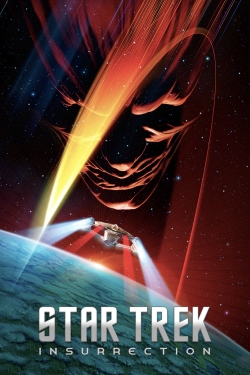
La Fey is charged by the demon with eliminating his centuries-old enemy, sorcerer Thomas Lindmer (imbued with appropriate weariness by John Mills, probably best known to genre fans as the titular character in ITV’s Quatermass, 1979), and his successor, Dr Strange, identifiable by a ring he wears displaying the ancient symbol of light.Īrt director William Tuntke applies skills developed on such films The Andromeda Strain (1971) to ambitiously depict this dark realm “beyond the threshold” in a Baroque attempt to elevate a subdued script, he expertly uses free-floating planetoids, star clusters, gaseous landscapes, and canal-lined, bloated orbs to deliver a wonderfully dark, empyreal world which is obviously an attempt to pay homage more to the 1974 Frank Brunner comic book run than to Dr Strange creator Steve Ditko’s original material.Įqually impressive is Tuntke’s inspired vision, in the following scene, of the elder wizard’s Sanctum Sanctorum claustrophobic and subterranean in feel, the sanctum is composed of a tangle of cramped and stuccoed passageways linking Hobbity chambers which are archaically cluttered with set decorator Marc E.

#WATCH STAR TREK BEYOND ONLINE FREE HD TV#
Wright (a prolific TV hired gun, directing several episodes of NCIS, Castle, and Supernatural) and Mark Wolf with the exception of an odd trapdoor mouth, the demon is convincing, yet wisely obscured by clouds of billowing smoke.

In workmanlike fashion, the rest of the plot is fleshed out as council between a chesty Morgan La Fey (portrayed with gusto by the always admirable Jessica Walter) and what appears to be a very large, very moist demon created by the special effects team of Thomas J.

The chilly opening text admirably opens up the otherworldly plot of the movie, referring forebodingly to the “known” and “unknown,” the battle between good and evil taking place “beyond the threshold” that separates the two, and how certain people through time are called on to take part in that battle in this case, that certain someone is, of course, Doctor Stephen Strange (played sincerely by Peter Hooten).Īfter the opening credit sequences, which are eerily enriched by ominous shots of burning candles, occult iconography, and faux grimoires, the film opens up onto an infernal region of cosmic vistas, deep shadows, and blood-red landscapes. Their relative success with these programs encouraged the network to take a massive leap sideways into a netherworld of supernatural heroics with the release of this satisfactory, if not luminous, production.įor Doctor Strange‘s musical score, Paul Chihara ( Death Race 2000 Death Moon), displays his impeccable skill at setting psychological place through mood he starts the film off with the right touch of unease, his music exploding to life with grinding, metallic notes plucked from an electronic instrument preposterously named the “Blaster Beam” (later used by Jerry Goldsmith for Star Trek: The Motion Picture, and by Chihara’s student, James Horner, in several of his scores) at the opening, a blood-red text appears over a blackened screen, accompanied by shivering violins and subtle brass undertones which well up underneath the repeated molten electronic accents of the aforementioned Blaster Beam sprinkled after slower scenes, Chihara wisely uses this disquieting motif throughout the rest of the film in order to revive a regularly lost tension. In September of 1977, the network not only launched The Amazing Spider-Man and The Incredible Hulk but felt so strongly about the genre, they took over production of ABC’s live-action cartoon, Wonder Woman. This odd film was born into a heady stew of recently prioritised metropolitan realism (due to the “Great TV Rural Purge” earlier in the decade), occult detectives pursuing the latest ghoul of the week, and CBS’s whiplash embracing of four-colour mayhem.


 0 kommentar(er)
0 kommentar(er)
